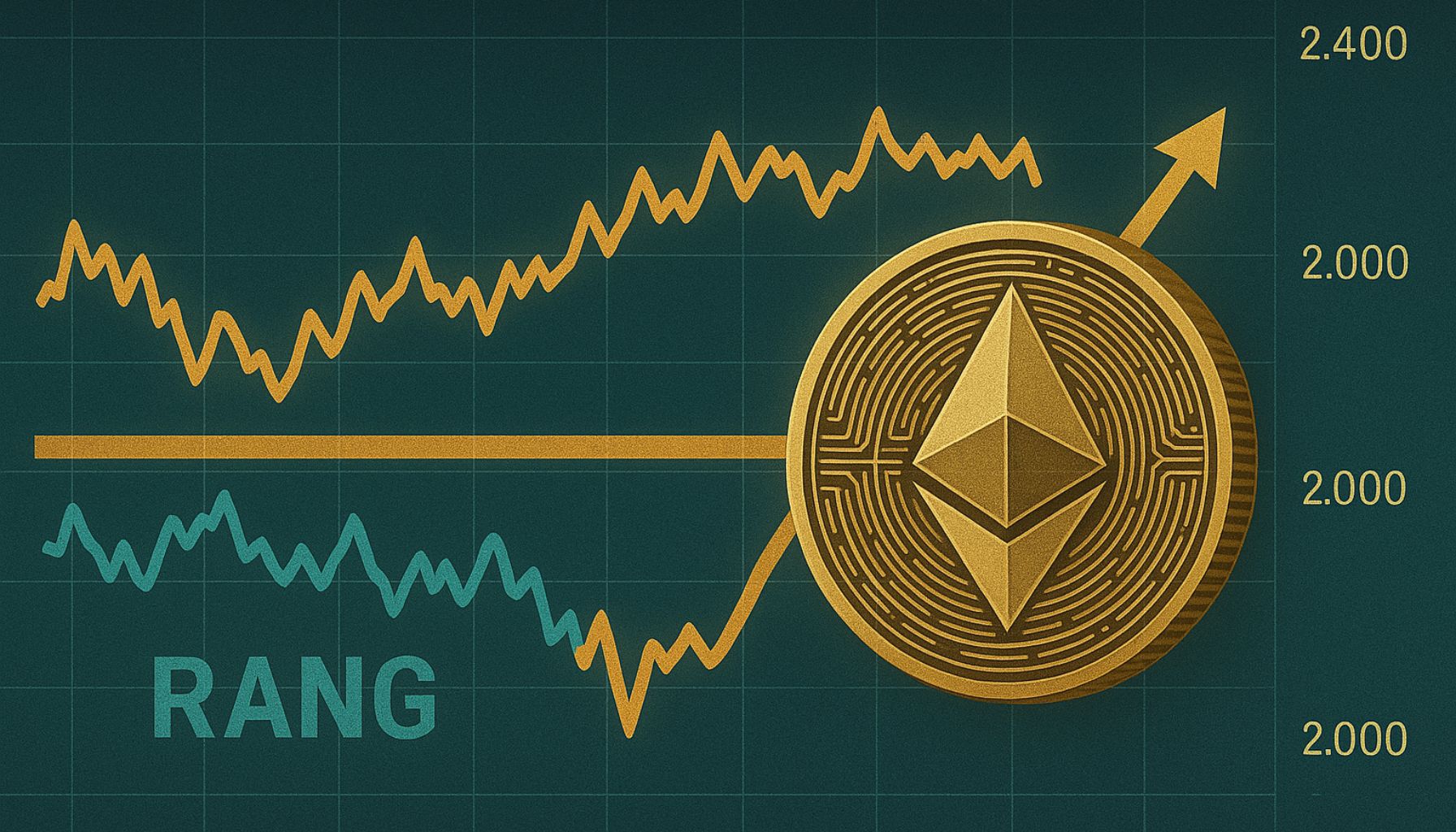The poop emoji: a legal history
Image: Mengxin Li / The VergeIn July 2022, the world watched with bated breath as Twitter sued Elon Musk. No one knew whether the deal was going to happen or whether it had all been an elaborate troll to...
/cdn.vox-cdn.com/uploads/chorus_asset/file/24539840/P7_Emojis_and_the_Law_236587.jpg)
In July 2022, the world watched with bated breath as Twitter sued Elon Musk. No one knew whether the deal was going to happen or whether it had all been an elaborate troll to begin with. (The two weren’t mutually exclusive, either.) Billions of dollars and the fate of a major worldwide social media network hung in the balance. The lawsuit was, in some ways, unprecedented. Legal experts found themselves besieged with all kinds of tricky questions.
For example, was this the first time the poop emoji showed up in court?
The answer is no. In 2018, the Seventh Circuit Court of Appeals issued an opinion in Emerson v. Dart in which a corrections officer, Paula Emerson, sued the county alleging workplace discrimination. While the suit was pending, Emerson made some extremely unwise posts in a Facebook group for employees. She was sanctioned by the lower court, and on appeal, the Seventh Circuit decided to excerpt the Facebook post:
MESSING WITH ME WILL GET YOU YOUR OWN CERTIFIED MAIL. SO GLAD THAT THE ARROGANCE OF THIS EMPLOYER HAS THEM BELIEVING THEIR OWN 💩
The poop emoji in Emerson v. Dart is only the tip of a brown iceberg. The legal system is built on endless piles of paper — people sue, people add exhibits to their suits, they get responses, the responses have attachments, and then sometimes a judge will make a ruling. The fact that the poop emoji showed up in the Seventh Circuit means that the poop emoji was referenced countless times before — in filings made by the parties, possibly in the lower court decision, and in briefs written during the appeals process. Had Emerson v. Dart gone to trial, no doubt the lawyers would have fought over how to read “poop emoji” out loud in court to the jury. All this to say — the poop emoji has definitely come up in court, long before Twitter’s lawyers screencapped Musk’s tweet of the poop emoji as evidence of his public disparagement of the company.
That said, it’s not like the legal system is lousy with poop emoji. “It’s not in the top ten [emoji], I can say that with some confidence,” said Eric Goldman, professor of law at Santa Clara University who has published scholarly work on emoji in the law.
The poop emoji has definitely come up in court, long before Twitter’s lawyers screencapped Musk’s tweet
Jennifer Behrens, a law librarian who teaches at Duke University who is also a researcher on the subject, says that Emerson v. Dart is the only judicial opinion she’s found with the poop emoji — though again, that doesn’t mean it hasn’t shown up in court in other forms. “A basic smiley face was much more common, as well as the ‘tears of joy,’” she told me in an email.
Emoji can often have ambiguous meanings, ranging from literal to metaphorical to sarcastic. The poop emoji is a little more on the straightforward side, but there are nevertheless many different ways to interpret it, depending on the context. In its Delaware lawsuit, Twitter pointed to Musk’s poop emoji as an instance in which he had violated the purchase agreement’s non-disparagement clause.
When posted all by itself, the poop emoji is at its most ambiguous. “That’s not atypical for Musk because he loves stirring the pot and letting everyone try to divine his intent,” said Goldman.
Was it disparagement to tweet “bullshit” at a statement made by Twitter’s then-CEO? Is it any better than the worst interpretation (“Twitter is shit”)? Why did Elon Musk tweet that? All these questions are unknowable and will be forevermore. The Delaware lawsuit to force Musk to buy Twitter was dismissed after he, well, bought the company. (Several months later, he set press@twitter.com — the official channel through which journalists request comment — to auto-reply with “💩.”)
💩-related hijinks aside, all this points to a growing problem in the law. In the judicial system, ambiguity is often going to be settled by a judge. And if the judge wanted to look up previous cases referencing the poop emoji, they’re going to be straining themselves to no avail.
If the judge wanted to look up previous cases referencing the poop emoji, they’re going to be straining themselves to no avail
Behrens has found that databases struggle with displaying emoji: some will omit them entirely or transcribe them as an error. Worse, those databases don’t search-index emoji, meaning you can’t just drop a 💩 into a search box and see what happens. It’s simply not possible for Behrens and Goldman to accurately determine exactly how many times the poop emoji (or other emoji) have shown up in court. (Goldman did find seven cases in his dataset that reference the poop emoji in some form, including the federal case against Michael Avenatti.)
Behrens noted in particular that Emerson v. Dart is an opinion that embeds an emoji while never using the word “emoji” in the rest of the opinion. Close watchers like Goldman and Behrens know the Emerson case by name and could provide it to me readily as an example of the poop emoji in court, but if I tried searching the phrase “poop emoji” in a legal database, I probably wouldn’t have found the case.
Yes, this problem sounds pretty minor, but keep in mind that databases also struggle with diacritical marks or mathematical and scientific notation for the same reasons I can’t throw 💩 at them. And even something as silly as displaying a poop emoji can have serious ramifications. Legal cases turn on how someone understands a sentence, and a single emoji (or lack thereof) can change that drastically. Behrens points out that someone who reads the Emerson case is going to come away with a very different interpretation depending on what legal database they used to find it. Two services display the offending sentence as, “The arrogance of this employer has them believing their own ?” Another two display it as, “The arrogance of this employer has them believing their own ”.
Legal cases turn on how someone understands a sentence, and a single emoji can change that drastically
Common law systems — like the one in the United States — are built on precedent after precedent, with some legal principles imported from England long before the American Revolution. Reliance on precedent predates the databases and search indexes that currently dominate the legal profession. Lawyering once involved an encyclopedic knowledge and access to an expensive array of very heavy books. But due to the limitations of physical print, full judicial opinions weren’t always published in these books. Unknowable, unsearchable precedents were lurking around the corner, ready to ambush the unsuspecting.
In a way, the Unicode-incompatible legal databases are a return to form. Technology moves two steps forward and then one step back. The vast, sprawling world of law, seemingly laid bare by search engine technology, once again collapses into an opaque fog, done in by the humble emoji.
But it’s not just the tools that are in need of catching up, according to Goldman. Lawyers and judges might not necessarily understand emoji — for example, what Unicode even is or that an eggplant is sexual — and it’s important to educate them before it negatively impacts a case.
“I’ve been doing a number of judicial trainings for judges because they’re all running into emojis in their courtroom,” said Goldman.
Wait, what?
“We had a four hour training in Pennsylvania on just emojis,” he said. “That was a little overkill in my opinion.”

 MikeTyes
MikeTyes 






























